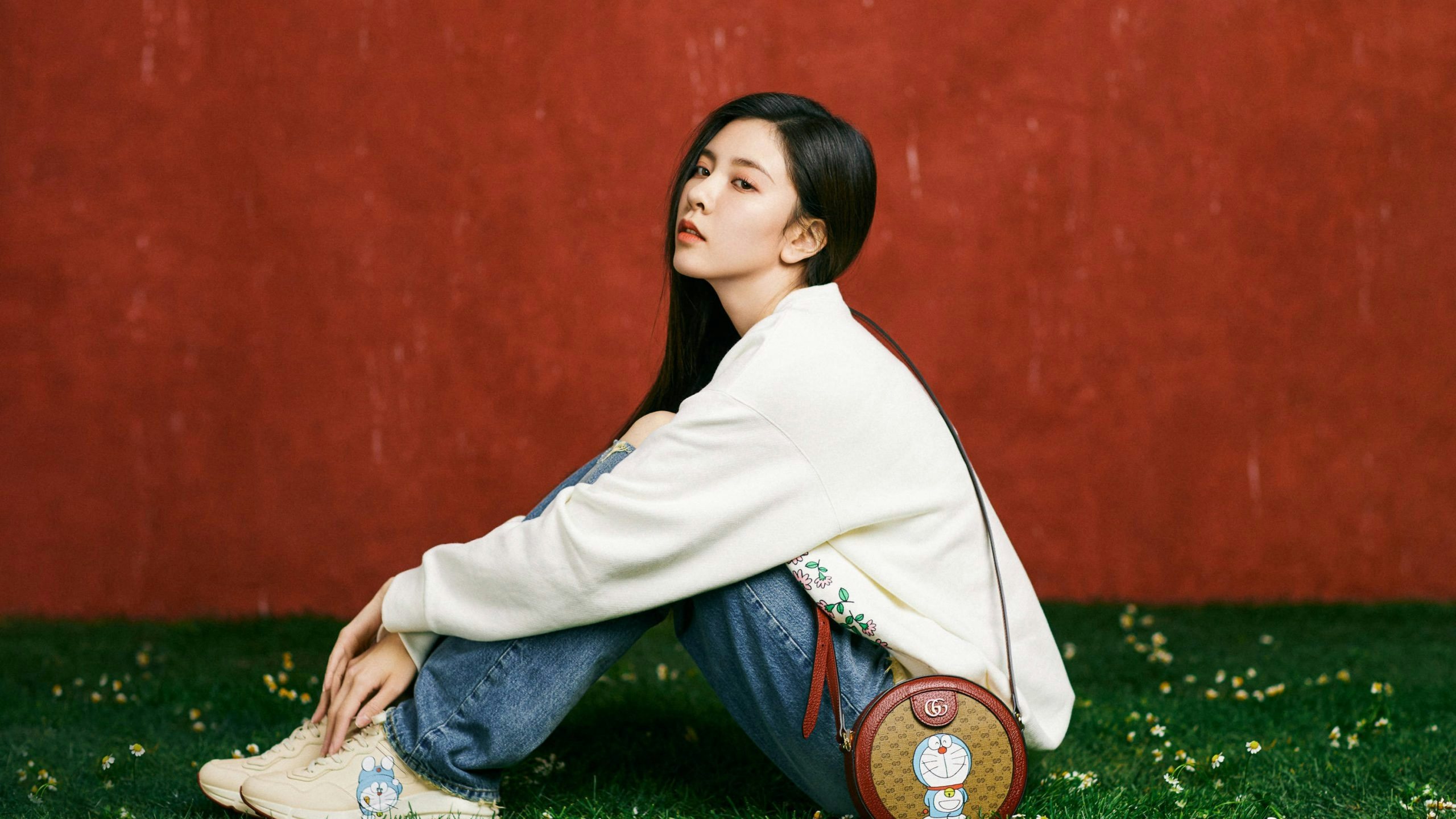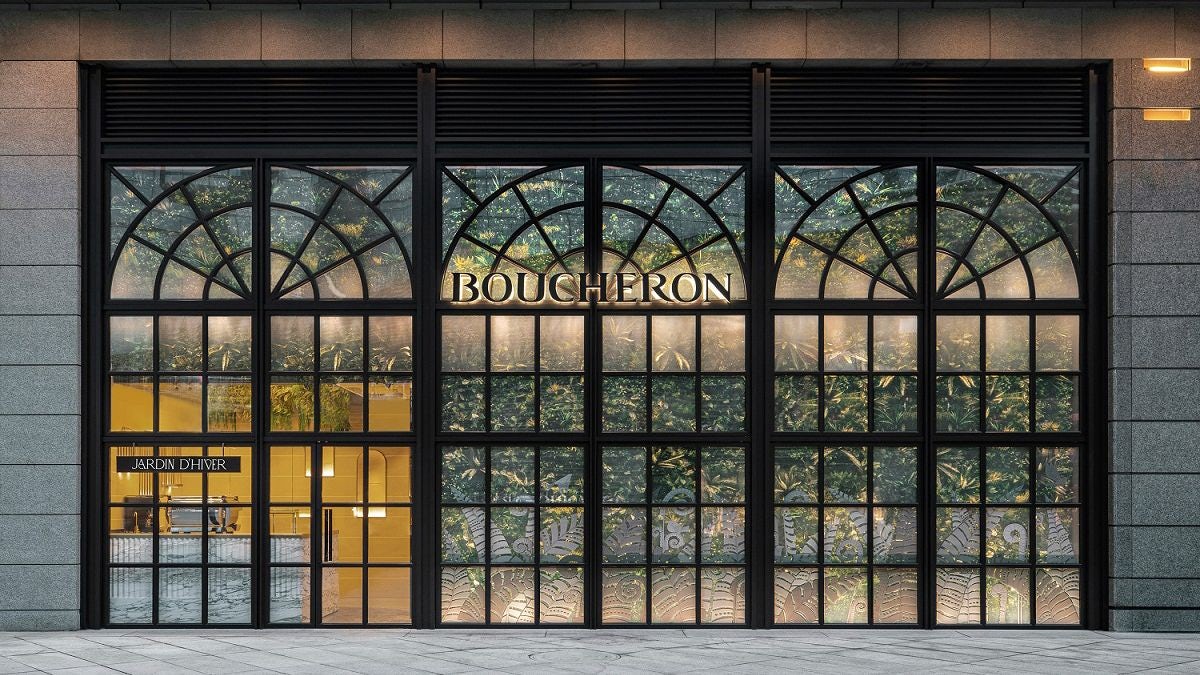What happened
Although China has been largely successful in controlling the virus, an alarming spike in cases and its first COVID-19 death since May have now rattled the country, causing it to close down just before Chinese New Year.
In Hebei, where cases have surged to over 550, officials last week imposed “wartime mode” measures, including mass testing, transportation shutdowns, and travel restrictions. As the province surrounds Beijing, the country’s seat of power, these precautions act as a “political moat.” Shijiazhuang and Xingtai, two cities with more than 17 million people, were put under lockdown as well as districts in Beijing itself. All in all, more than 22 million people have been ordered to stay indoors — double the number of people affected last January in Wuhan.
Jing Take:#
For luxury companies looking to cash in on Chinese New Year, the new lockdown measures certainly don’t inspire confidence. Ahead of the world’s biggest human migration, more local governments — including Beijing, Shanghai, Anhui, and Fujian — have advised citizens to celebrate at home, which, if heeded, could deal a blow to the travel industry and domestic tourist shopping. If not taken seriously, however, and cases skyrocket, this could lead to closures of stores and shopping malls as well as sweeping lockdowns in other luxury spending strongholds, such as Shenzhen and Chengdu.
Fortunately, many luxury brands operating in China have already ramped up their e-commerce strategies in response to last year’s outbreak. But even a strong online presence cannot fully substitute brick-and-mortar sales. When stores shuttered the first half of 2020, net profits at Louis Vuitton and Kering sank 84 and 63.4 percent, respectively. It was largely thanks to China’s reopening and revenge spending that many companies saw their numbers rebound. Prada, for one, said their China sales jumped 60 percent in June, while Louis Vuitton and Dior saw their Mainland sales more than double. Notably, Hermès reeled in 2.7 million in a single day when its flagship store reopened in Guangzhou, reiterating the continued appeal of in-person shopping.
While luxury brands probably shouldn’t bank on an “over-the-top” celebration, this doesn’t mean they can’t be bullish on the rest of the Year of the Ox. China is responding to this wave much quicker than it did before, and with better systems in place (including mass testing, contact tracing, and vaccine campaigns), the country should be able to contain the spread of infections again. And given that the country averages 109 new cases a day, things could be far worse (in comparison, the US registers a whopping 250,000 new cases each day). Brands should thus ring in the Lunar New Year with cautious optimism, hoping for a quick recovery while preparing their digital fronts for an uncertain future.
The Jing Take reports on a piece of the leading news and presents our editorial team’s analysis of the key implications for the luxury industry. In the recurring column, we analyze everything from product drops and mergers to heated debate sprouting on Chinese social media.


